Your mission, if you choose to accept it, is to continue finding color outdoors through the remainder of autumn and entirety of winter.
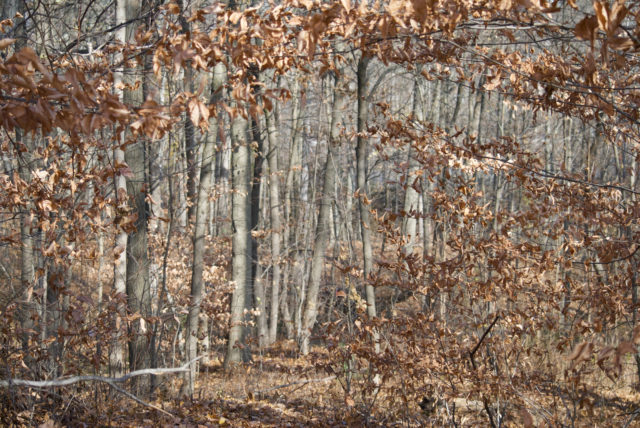
It begins by acknowledging that bright lawn green is not the only color in nature. Look for rust, cranberry, thistle, wheat, ochre, ecru, asparagus, olive, ash, slate, and taupe.
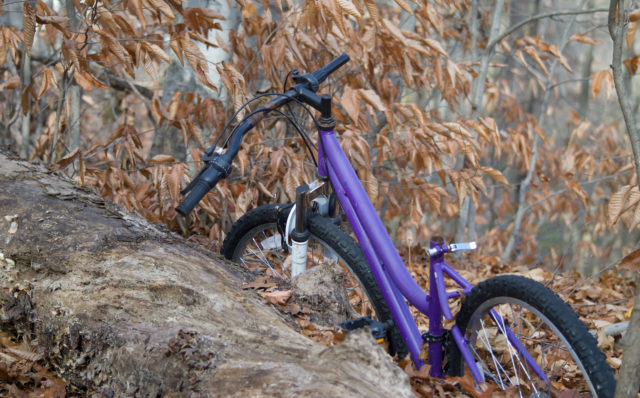
Train yourself to really pay attention, to look at what is right in front of you, along with what is underfoot and overhead.
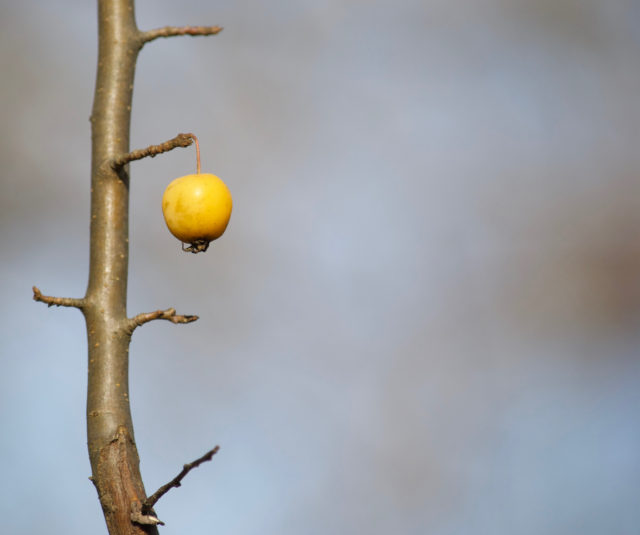
Be grateful for the small pockets of nature that we can enjoy within city limits. Some have signs welcoming visitors in. Others do not. Then, there are those with signs telling you to stay out.
It’s fascinating that many people will absolutely obey “no trespassing” signs while ignoring more important practices, like showing respect for the health and safety of others. Hasn’t that been one of the divisions to emerge this year — preserving the well-being of people versus protecting private property against looters? For years I taught critical thinking and literacy, and I posed the question of what counts as fair reporting. Does giving equal footing to opposing viewpoints signify objectivity, or does this misrepresent reality? Do we instead end up with certain outlets playing up levels of destruction so as not to appear biased? Does this not distort what is happening, making it more difficult for those experiencing events secondhand to discern what is true?
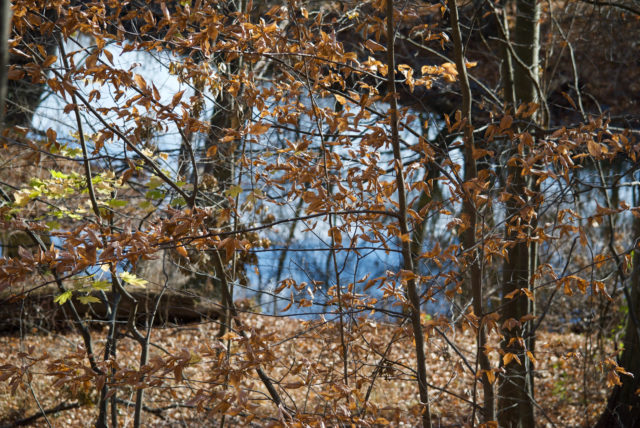
The truth here is that colder weather does not doom us to remain indoors if we dress appropriately, build our tolerance, and adjust our expectations. Spending very little time outside after October and then trying to venture out in January is probably going to be a garbage experience. Dressing in a single layer and wearing cotton socks? Why make yourself more miserable than necessary? It’s not going to look like a Hallmark movie winter wonderland, and that’s because it’s not July and the ground isn’t sprayed with fake snow.
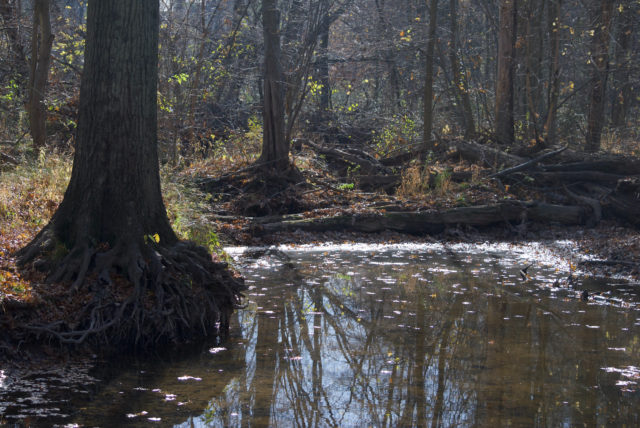
Our technology gives us many advantages — being able to call for help if we fall in a ditch, paying back friends without using cash — but there are potential negative effects that we have to fight against. Excessive photoshopping that airbrushes the character right out of people, out of cityscapes. Algorithms that push certain types of content, suppressing others. Lots of noise. A steady stream of flashing and beeping to command our attention, telling us what is “important.”
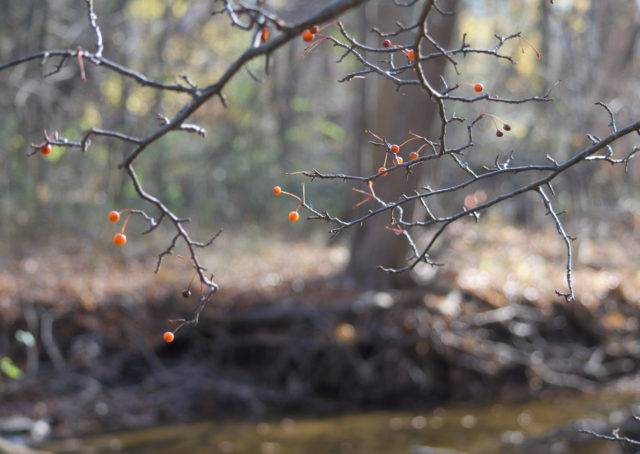
With all that to swim against, it’s not surprising people struggle with basics, like being able to enjoy their own company.
On that note, this week I will be sharing tips for those who don’t know how to happily be alone. It’s a medium-to-long process and not something that can be fully tackled by Thanksgiving, but hopefully it will give pause to those who feel that they must be surrounded by many people on a random day because (a) that’s the messaging they’ve been given, and (b) they’ve never tried to love being by their ownselves.
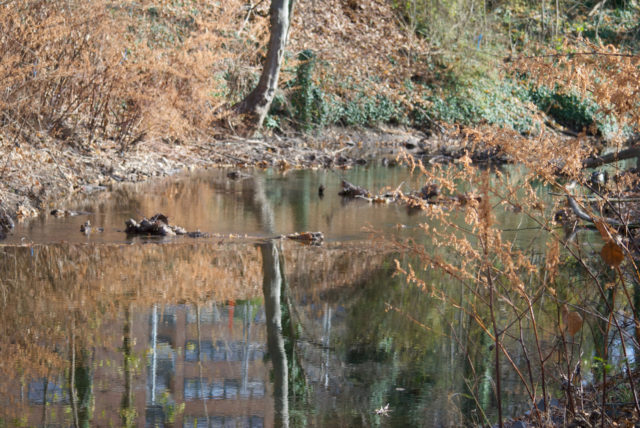
Alone In The Woods
Your mission, if you choose to accept it, is to continue finding color outdoors through the remainder of autumn and entirety of winter.
It begins by acknowledging that bright lawn green is not the only color in nature. Look for rust, cranberry, thistle, wheat, ochre, ecru, asparagus, olive, ash, slate, and taupe.
Train yourself to really pay attention, to look at what is right in front of you, along with what is underfoot and overhead.
Be grateful for the small pockets of nature that we can enjoy within city limits. Some have signs welcoming visitors in. Others do not. Then, there are those with signs telling you to stay out.
It’s fascinating that many people will absolutely obey “no trespassing” signs while ignoring more important practices, like showing respect for the health and safety of others. Hasn’t that been one of the divisions to emerge this year — preserving the well-being of people versus protecting private property against looters? For years I taught critical thinking and literacy, and I posed the question of what counts as fair reporting. Does giving equal footing to opposing viewpoints signify objectivity, or does this misrepresent reality? Do we instead end up with certain outlets playing up levels of destruction so as not to appear biased? Does this not distort what is happening, making it more difficult for those experiencing events secondhand to discern what is true?
The truth here is that colder weather does not doom us to remain indoors if we dress appropriately, build our tolerance, and adjust our expectations. Spending very little time outside after October and then trying to venture out in January is probably going to be a garbage experience. Dressing in a single layer and wearing cotton socks? Why make yourself more miserable than necessary? It’s not going to look like a Hallmark movie winter wonderland, and that’s because it’s not July and the ground isn’t sprayed with fake snow.
Our technology gives us many advantages — being able to call for help if we fall in a ditch, paying back friends without using cash — but there are potential negative effects that we have to fight against. Excessive photoshopping that airbrushes the character right out of people, out of cityscapes. Algorithms that push certain types of content, suppressing others. Lots of noise. A steady stream of flashing and beeping to command our attention, telling us what is “important.”
With all that to swim against, it’s not surprising people struggle with basics, like being able to enjoy their own company.
On that note, this week I will be sharing tips for those who don’t know how to happily be alone. It’s a medium-to-long process and not something that can be fully tackled by Thanksgiving, but hopefully it will give pause to those who feel that they must be surrounded by many people on a random day because (a) that’s the messaging they’ve been given, and (b) they’ve never tried to love being by their ownselves.
Related Posts
Hello Governor
Heaven Skate Park: Keep It Clean
Look: Peace and Paint